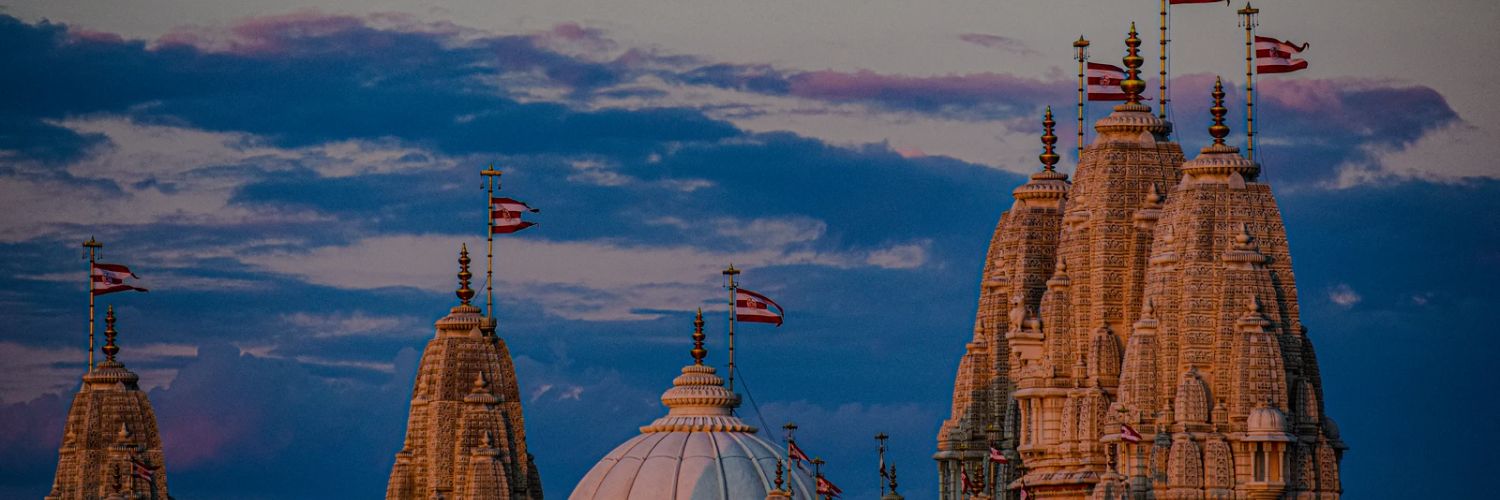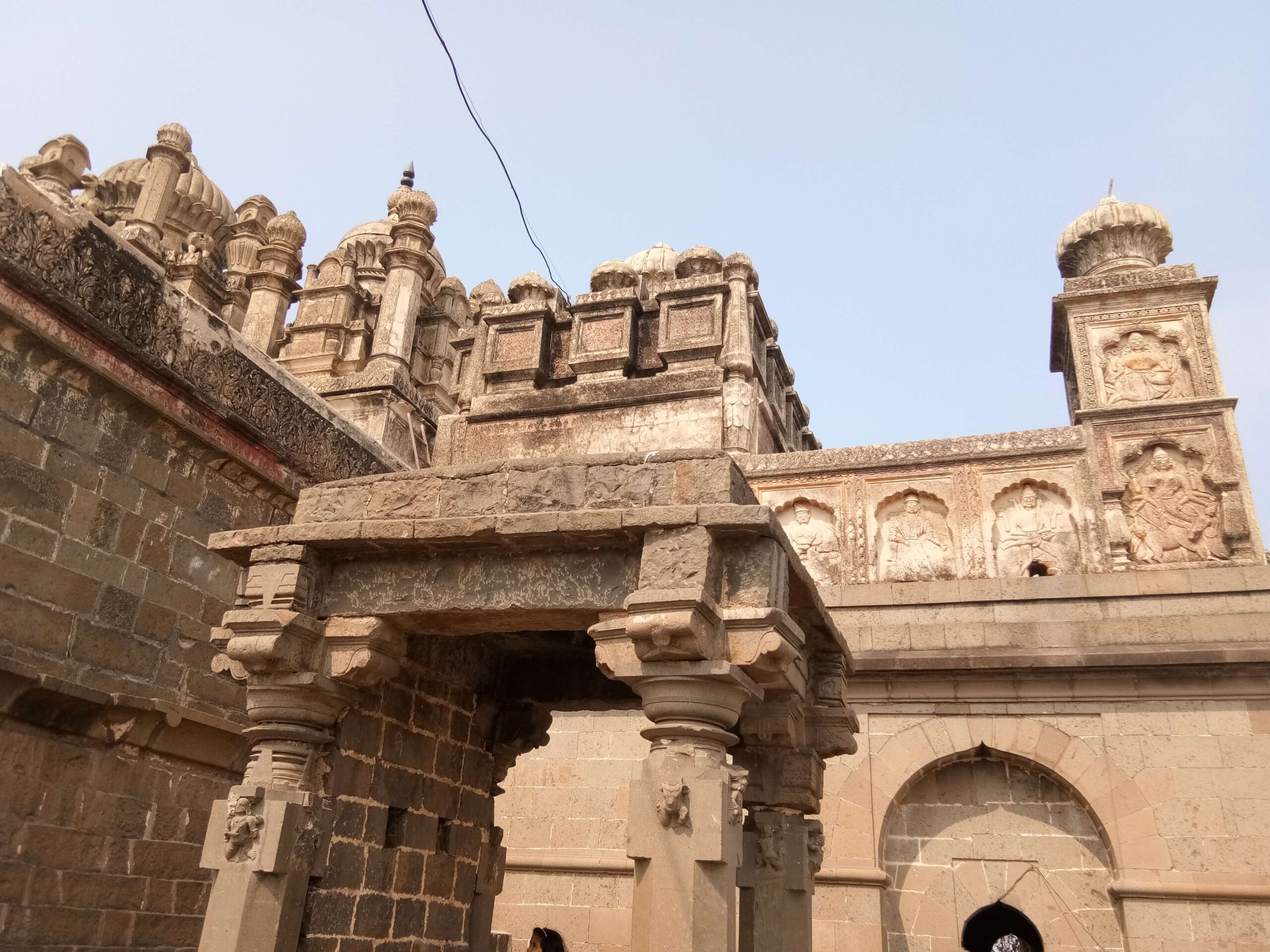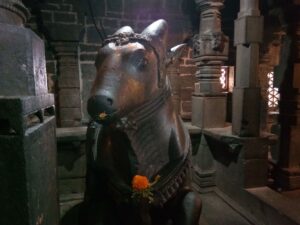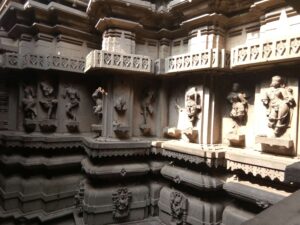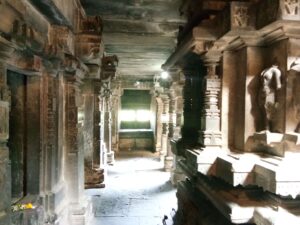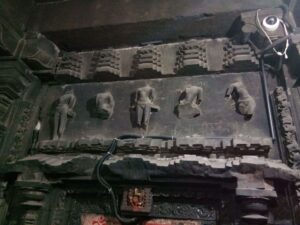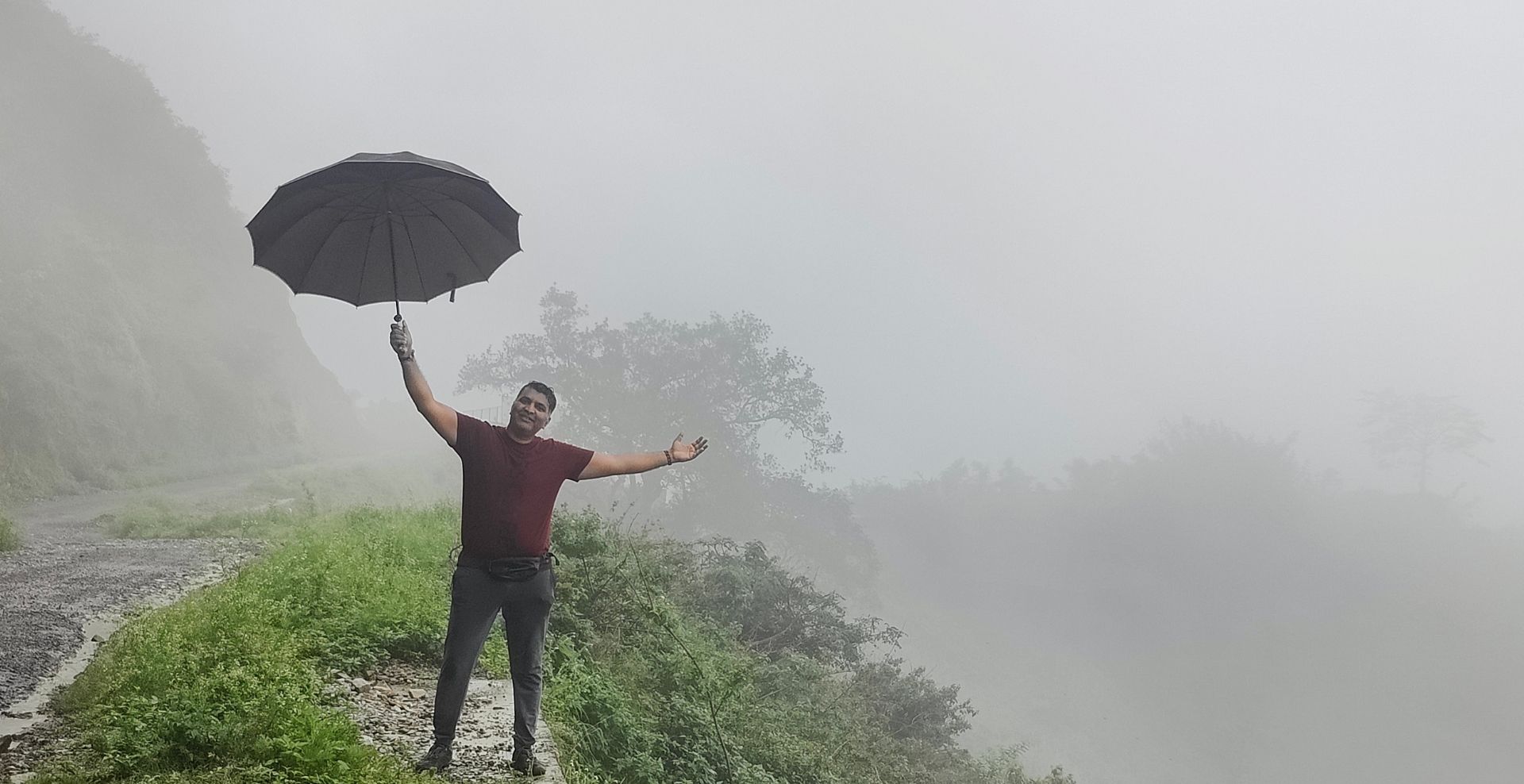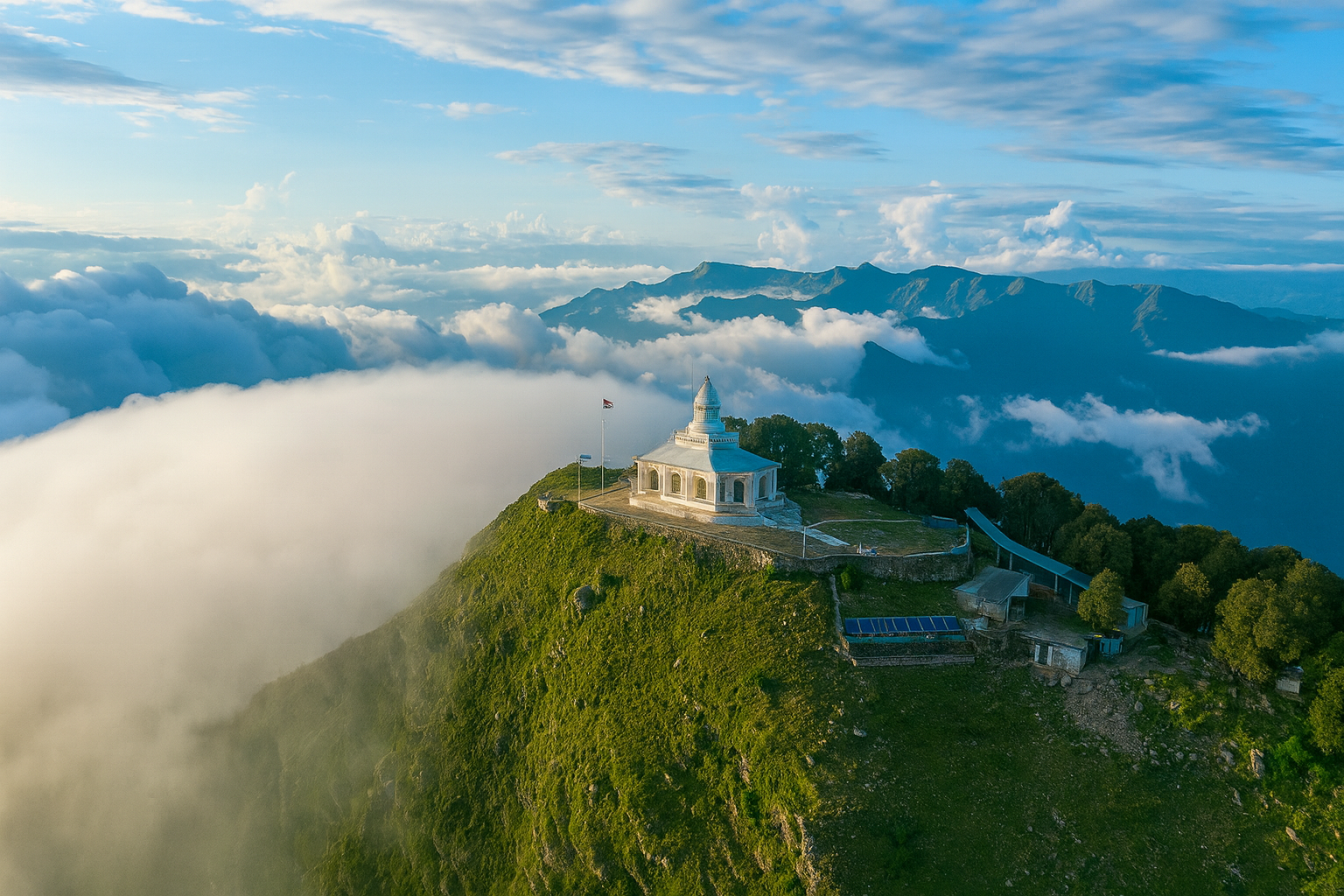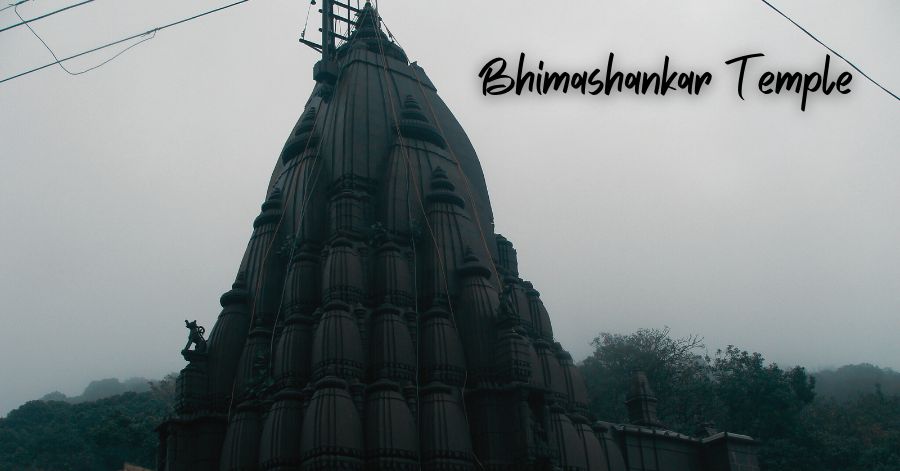Discovering Bhuleshwar Temple: An Architectural and Spiritual Treasure
If you’re traveling towards Solapur by road, keep an eye out for a stunning temple atop a hill. It is on the right, just before Yawat. It looks like a royal chariot and is adorned with intricate carvings – that’s the famous Bhuleshwar temple.
Location
Located around 56 km from Pune, Bhuleshwar Temple is home to Lord Shiva in the form of the Bhuleshwar linga. It’s situated on the border of Daund and Purandar talukas in Pune and can be reached by road from Yawat and Saswad.
Legend
Legend has it that Goddess Parvati took the form of a Bhill woman. She did so to entice Lord Shiva. And hence the name Bhuleshwar.
History
The temple has a rich history. Lord Rama installed the Shivlinga during his exile. In 1250, King Chaul built the temple and adorned it with beautiful carvings. These carvings depict scenes from the Ramayana and Mahabharata. The great Maratha leader, Shivaji Maharaj, also constructed a fort called Mangalgad around it. He appointed Daulatrao Yadav as the killedar. The fort was thus called “Daulat Mangal”.
A motorway from the entrance of the fort takes you right up to the temple. You’ll have to climb 20-25 steps to reach the entrance. Once you step inside, the stunning carvings amaze you. The divine stillness in the air, makes it feel like an entirely different world.
structure
The temple is divided into three sections – the nandimandap, the sanctum, and the sabhamandap. The nandimandap is supported by nine stone pillars adorned with charming carvings, and it houses a giant bull called nandi. It’s 2 meters in length and stands a meter and a half above the ground. The slender designs on it are definitely worth a look.
The sanctum is home to the Bhuleshwar linga, with the souls of Brahma, Vishnu, and Mahesh resting inside. The priest and locals allege that the offerings placed inside often disappear. A skillfully carved porthole, 40 feet above the linga, allows the golden sunrays to cascade down on it, making for a delightful sight in the early morning.
The sabhamandap has several carved pillars and artifacts, with sculptures depicting various scenes from the Ramayana and Mahabharata. Unfortunately, they’re in a severely damaged state today, narrating a silent chronicle of the havoc and destruction caused by Adilshah during his conflict with the Peshwas.
- Carvings at Bhuleshwar Temple
Despite the destruction, Bhuleshwar Temple remains one of the best examples of ancient India’s artistic architectural styles. Its sculptures are reminiscent of the Chandela chic, and its intricate carvings give the monument an aura that makes time stand still.
So, make sure to visit this magnificent temple and witness its splendor for yourself!
Also, read – Bhuleshwar


